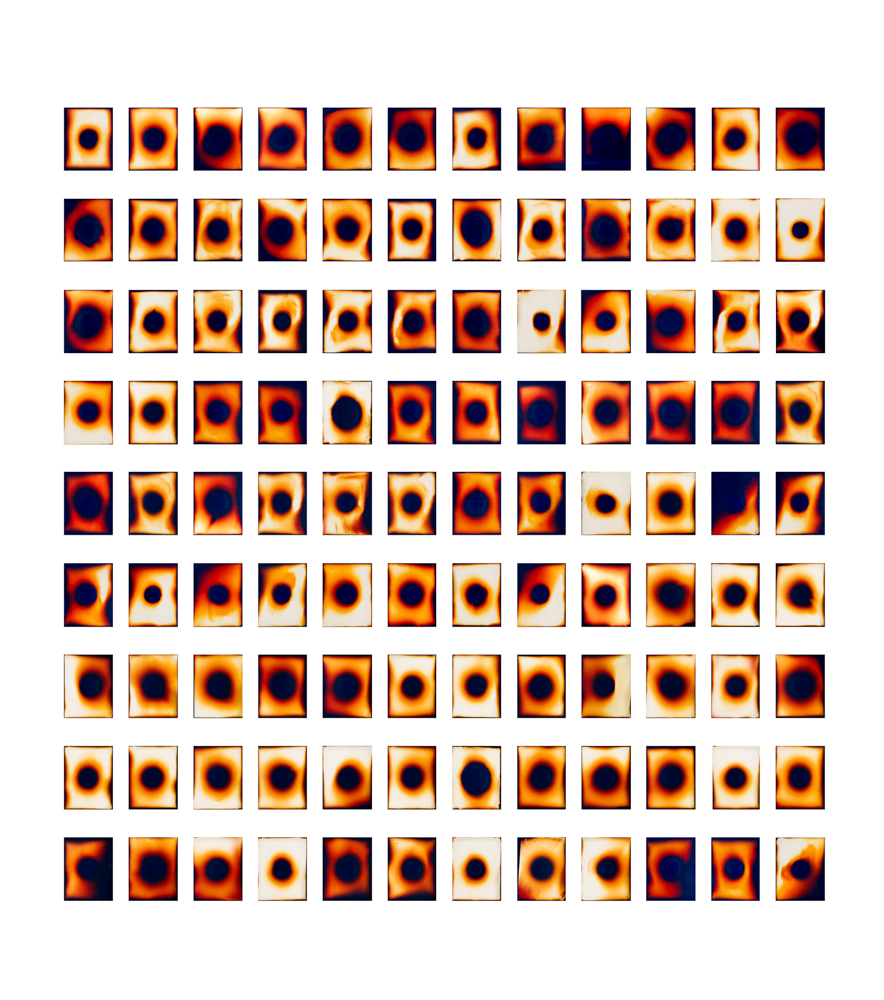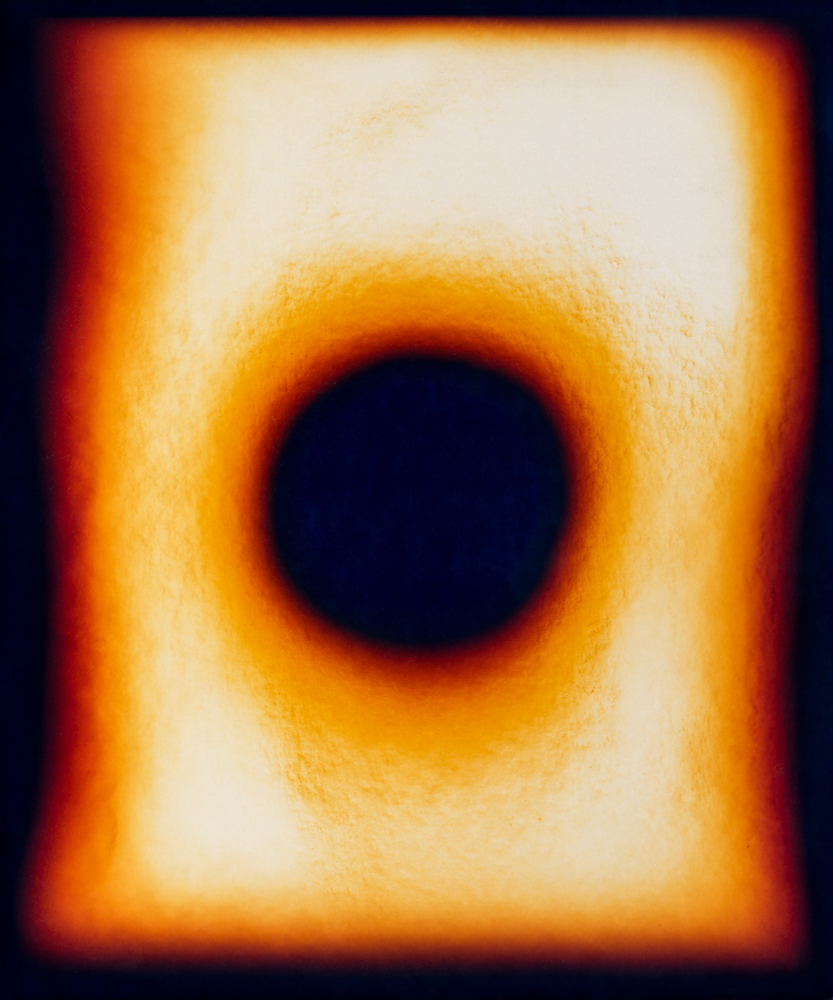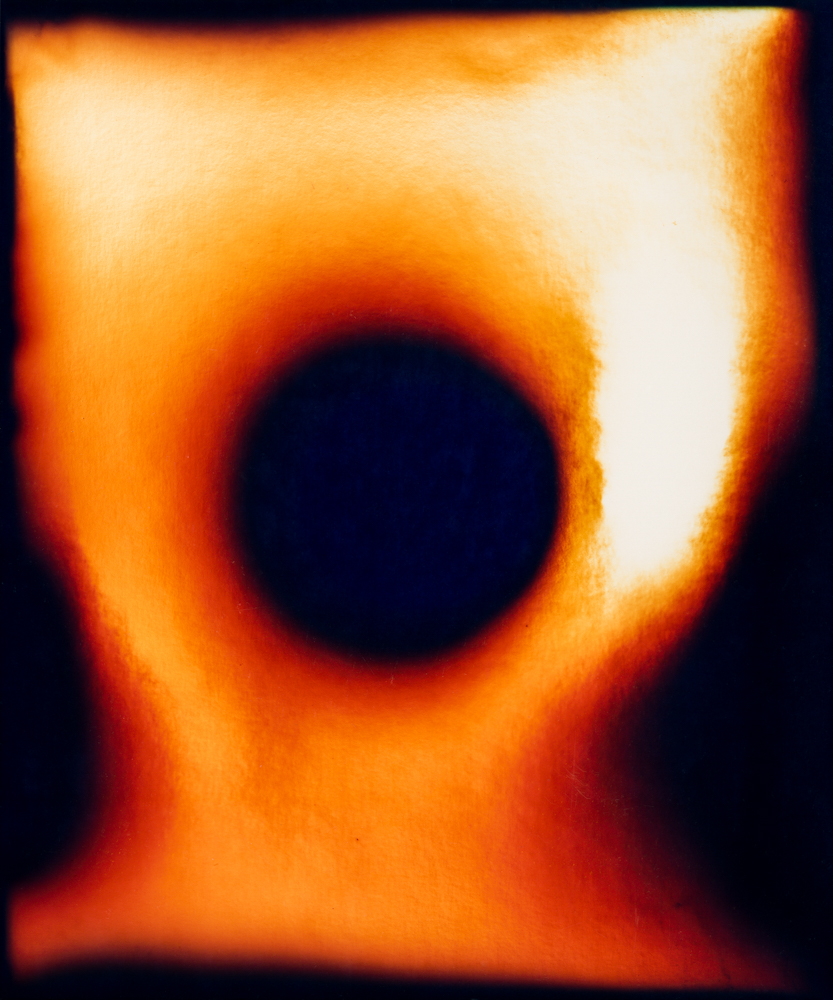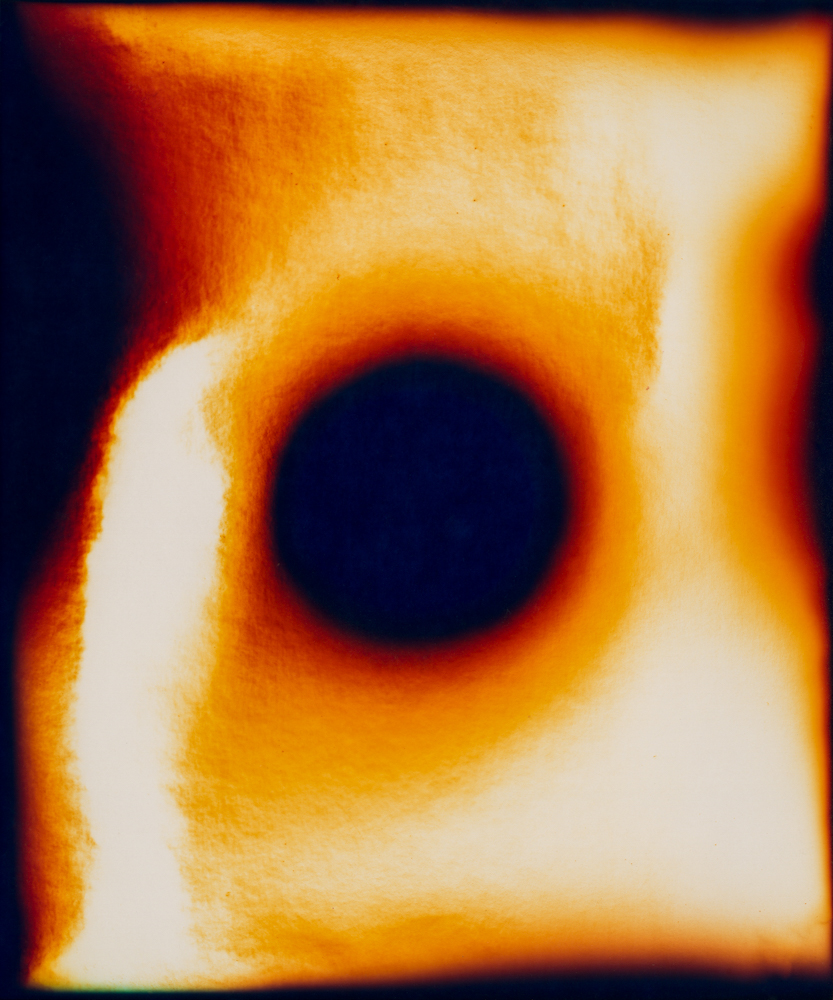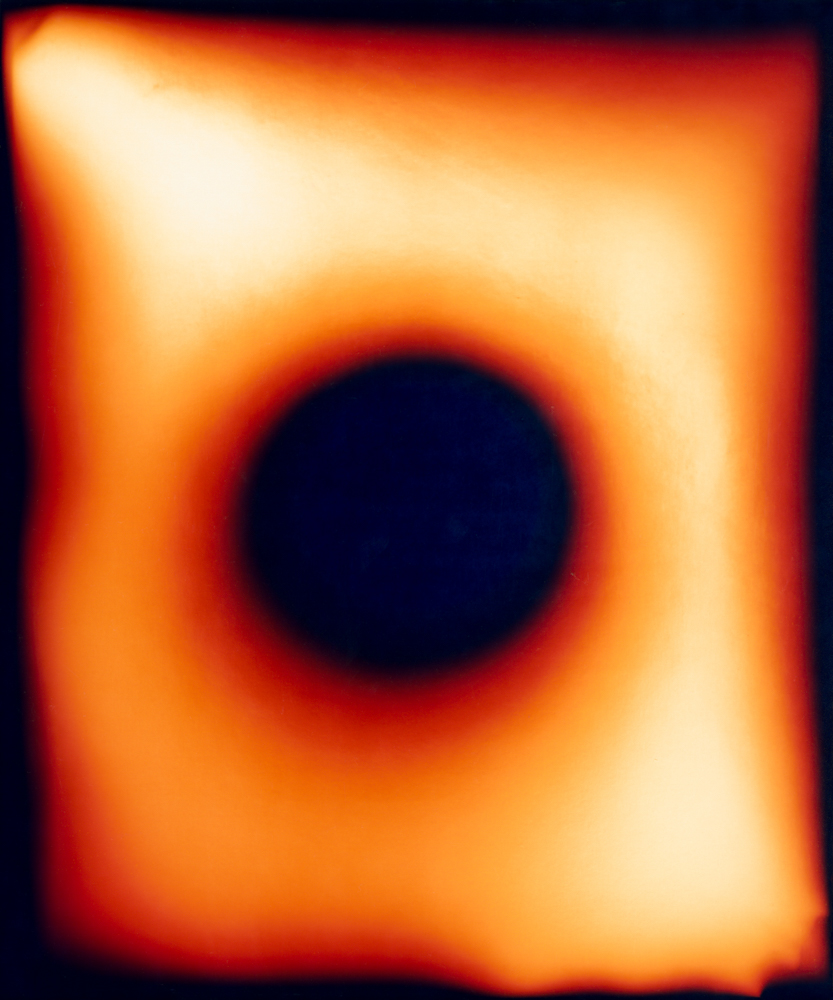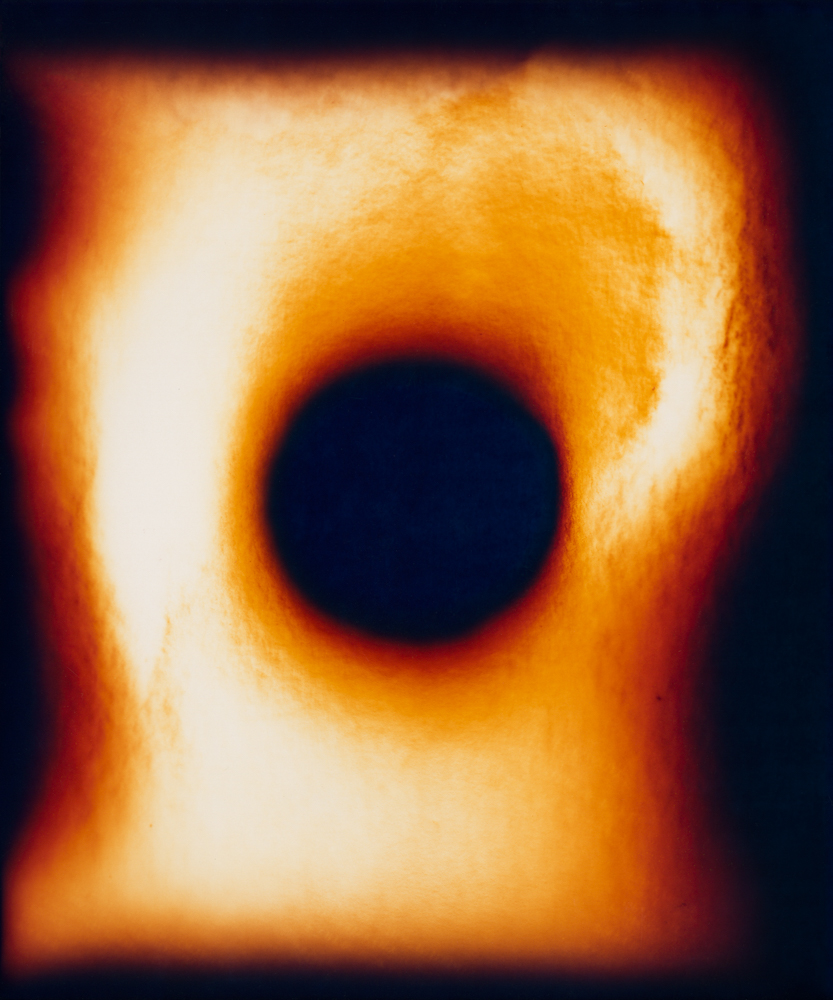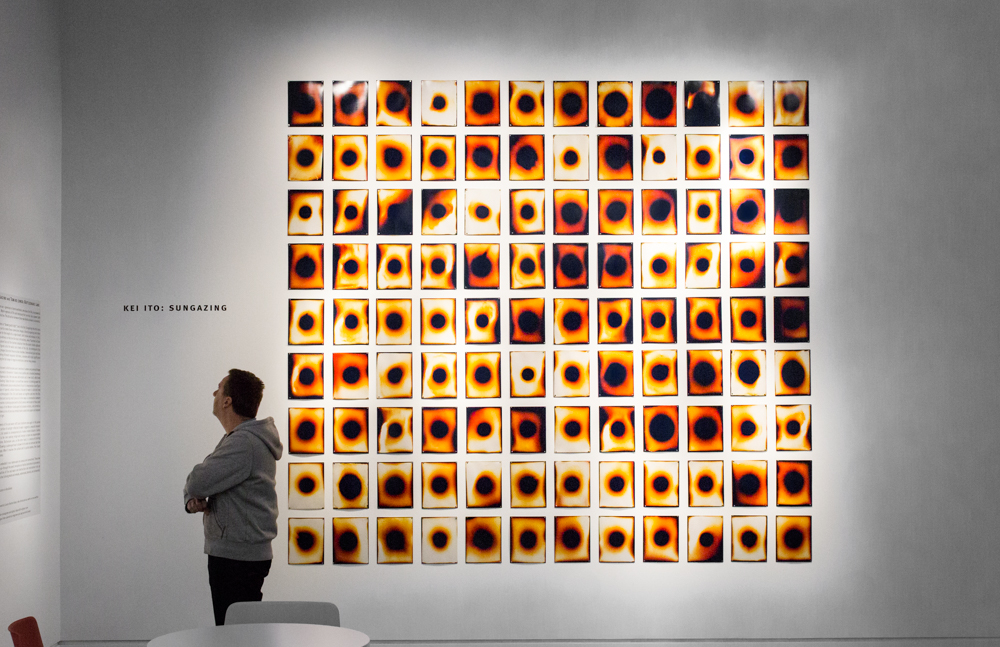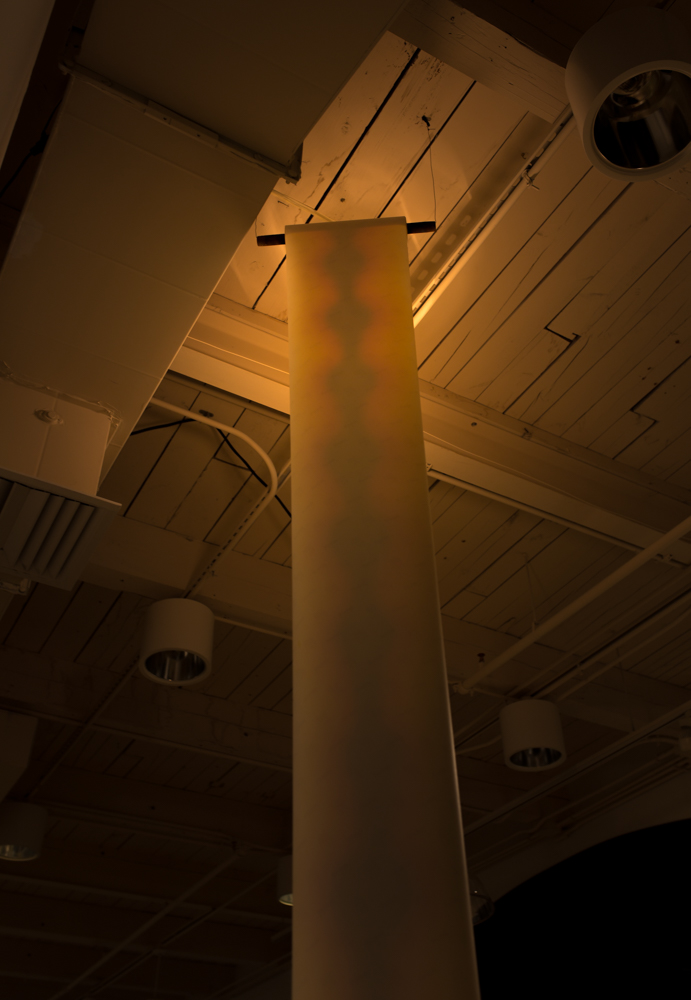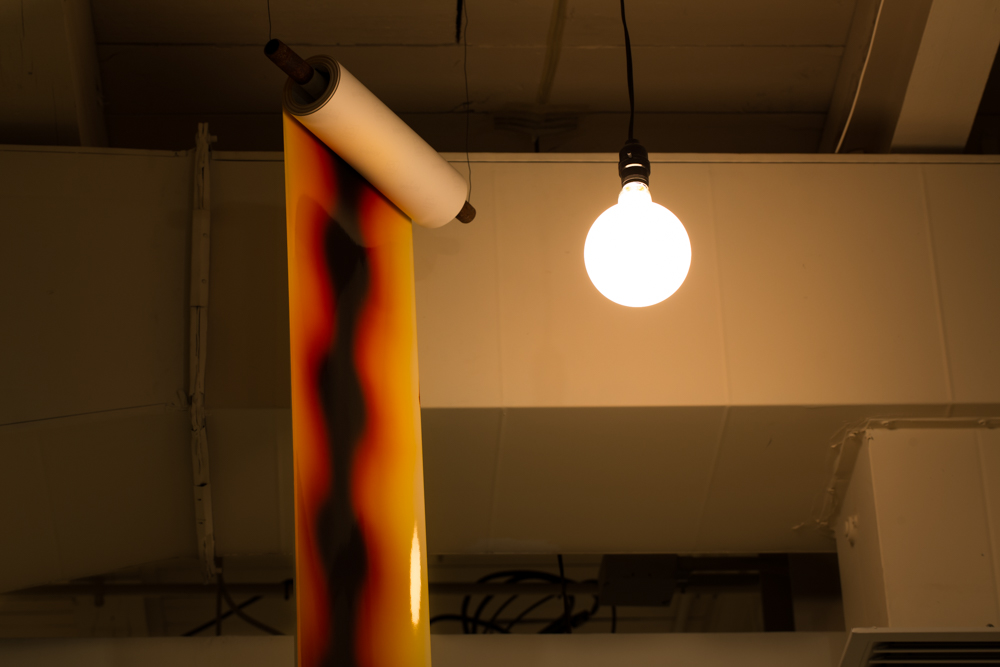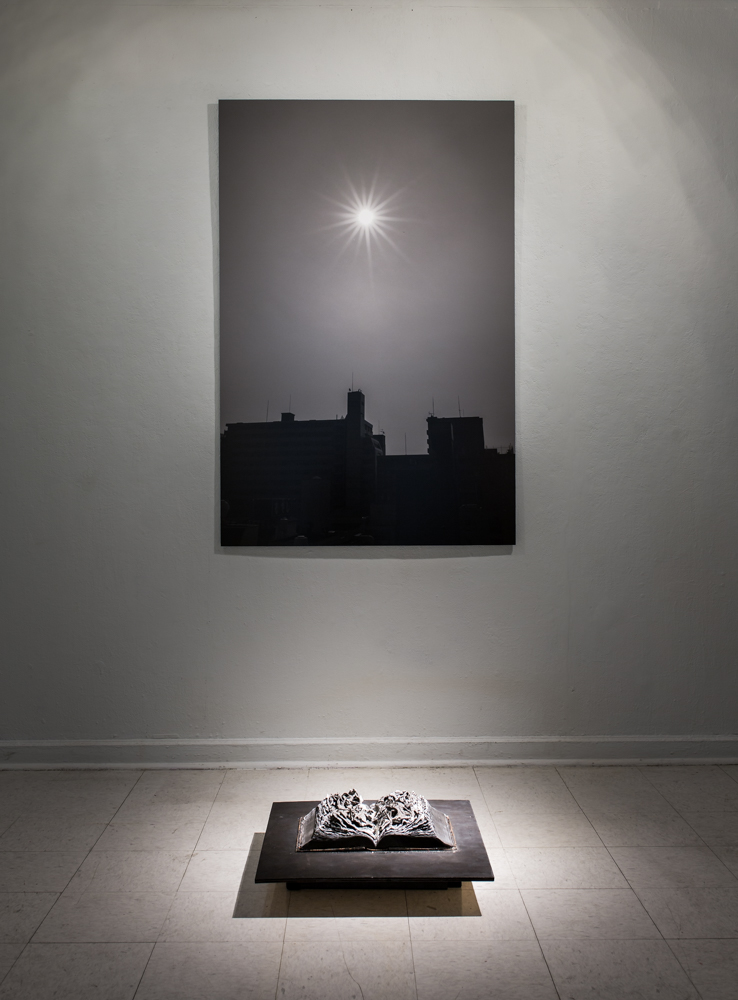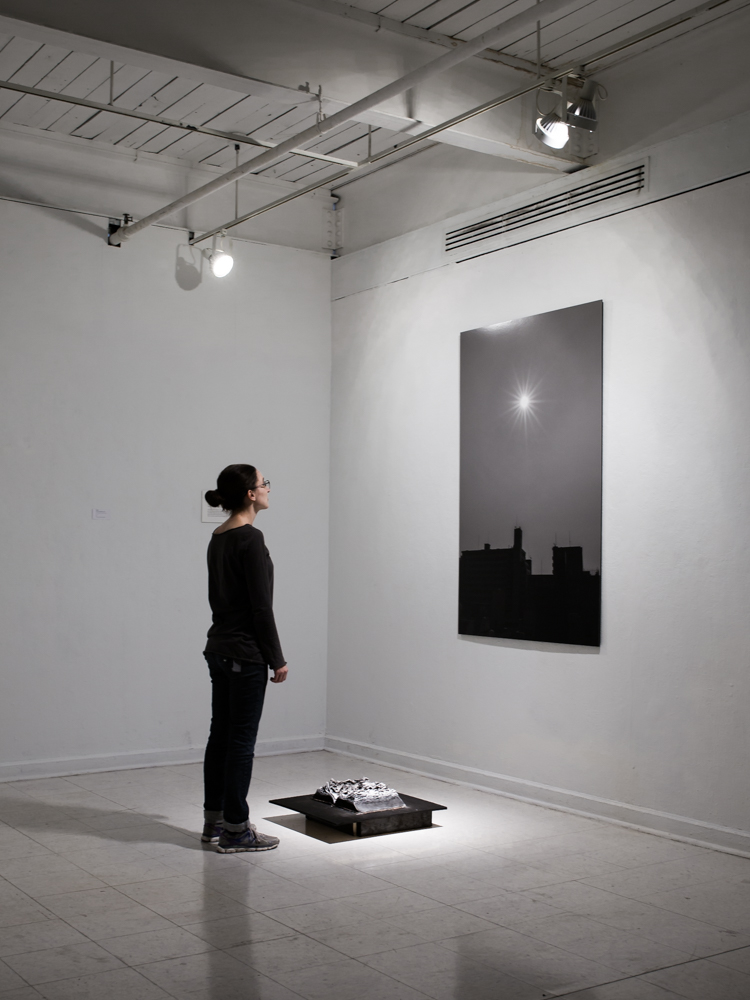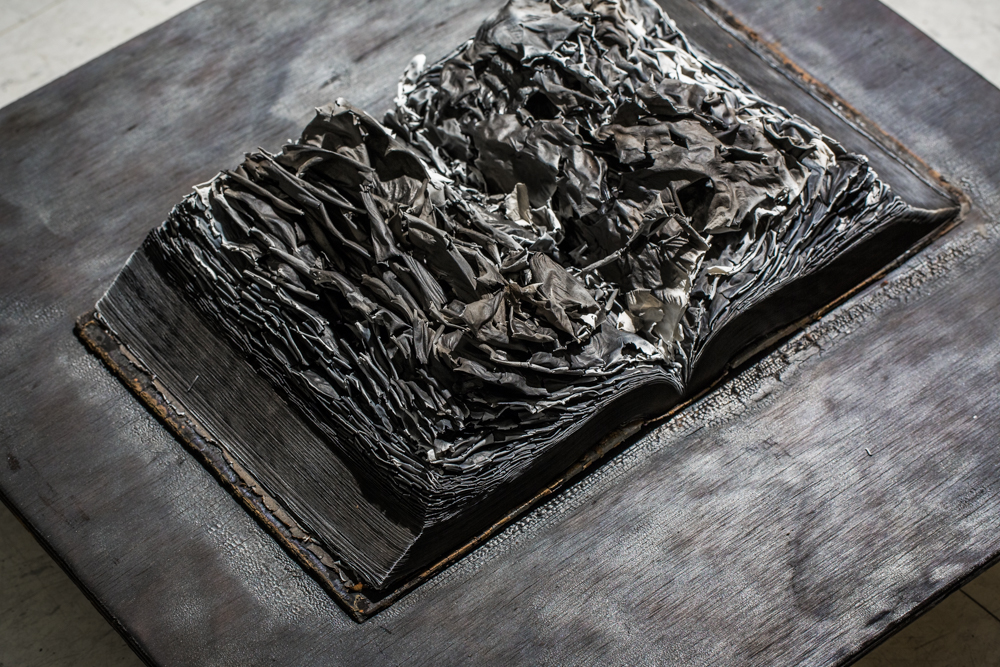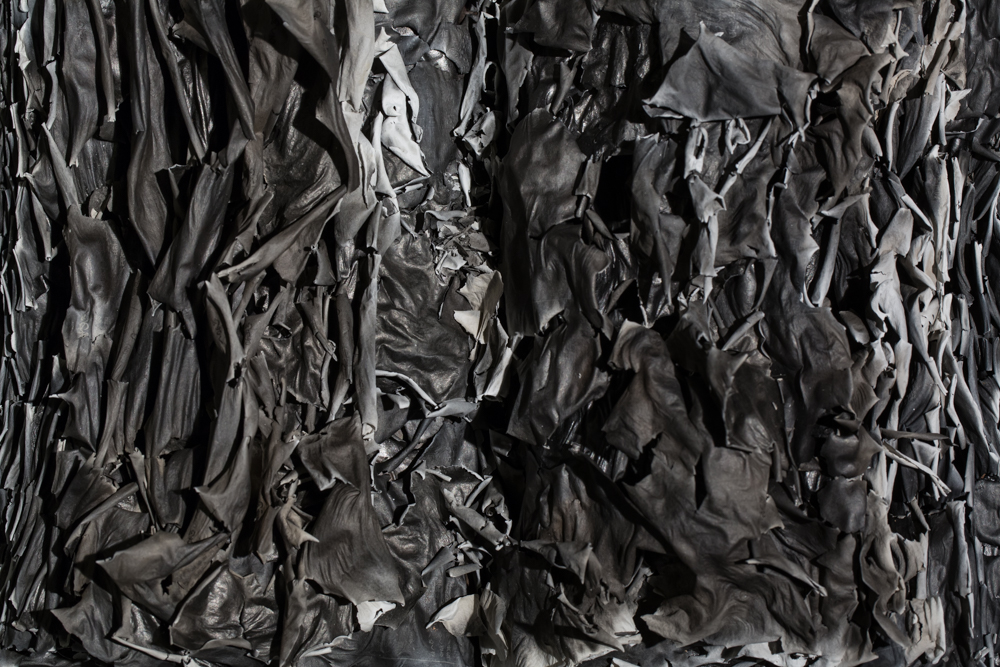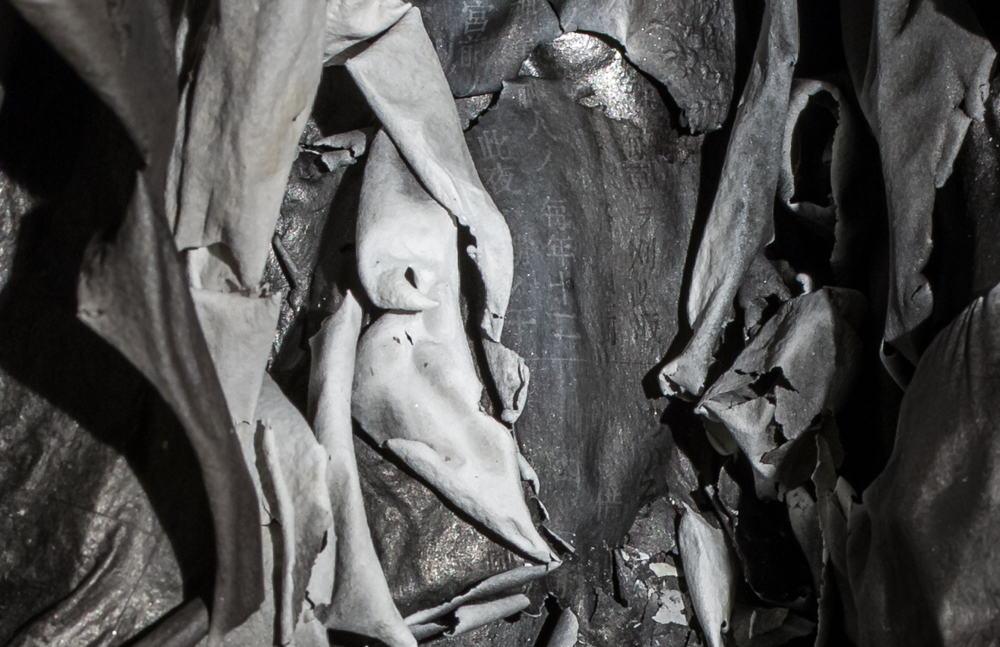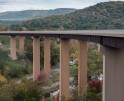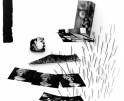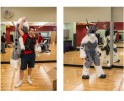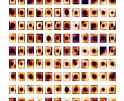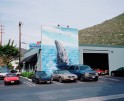Kei Ito: The States Project: Maryland
When I was first picking artists for Maryland, I thought I could narrow the enormous list of talent by choosing only names that rhyme with my own, but I only made it one letter away before getting sidetracked. Aside from the alliterate convenience, I chose to showcase Kei Ito because his work just has a way of leaving me speechless. His installations are as gorgeous as they are haunting, and they come from a deeply soulful place. I admire Kei’s work ethic, his experimentation, his ability to adapt to the situations that curators hand him. As a photographic installation-based artist, he takes limits and somehow turns them into assets. Kei’s fascinating, conceptually appropriate mixture of analog, light sensitive material combines with projection, lighting, scale and even sound to create a feast for the senses. I’m hungry to see what his next project is, and am crossing my fingers that it is on display near enough that I eat it up.
Kei Ito is a photographer and installation artist who graduated from Maryland Institute College of Art (’16) with an MFA in Photography, following his BFA from Rochester Institute of Technology (‘14). Kei’s work addresses issues of generational connection and deep loss as he explores the materiality of photography as a medium. His recent work deals with the tragedy and legacy passed on from his grandfather who survived the atomic bombing of Hiroshima, yet died from cancer and the threat of nuclear disaster which is still present today. Kei’s works are in the permanent collections of institutions, including the Museum of Contemporary Photography in Chicago, and have been shown in the major cities in USA, Japan, China, and Hungary.
Sungazing
The idea of visualizing the invisible is something I’ve been continuously exploring in my practice as an artist. As a photographer and an installation artist, how do I retrieve something that’s gone, taken away or destroyed? How do I materialize the fear of radiation and the memory of one you loved?
On August 6th 1945, at 8:15 AM, my grandfather witnessed a great tragedy that destroyed nearly everything in Hiroshima. He survived the bombing, yet he lost many of his family members from the explosion and radiation poisoning. As an activist and author, my grandfather fought against the use of nuclear weaponry throughout his life, until he too passed away from cancer when I was ten years old. I remember him saying that day in Hiroshima was like hundreds of suns lighting up the sky.
In order to express the connection between the sun and my family history, I have created 108 letter size prints and a 200 foot long scroll, made by exposing Type-C photographic paper to sunlight. The pattern on the prints/scroll corresponds to my breath. In a darkened room, I pulled the paper in front of a small aperture to expose it to the sun while inhaling, and paused when exhaling. I repeated this action until I breathed 108 times. One hundred eight is a number with ritual significance in Japanese Buddhism and culture.
If the black parts of the print remind you of a shadow, it is the shadow of my breath, which is itself a registration of my life, a life I share with and owe to my grandfather. The mark of the atomic blast upon his life and upon his breath was passed on to me, and you can see it as the shadow of this print.
Hiroshima 08/06/2015 8:15am
The photograph of the Sun was taken in Hiroshima on August 6th 2015, at 8:15 AM, which is the exact time the A-bomb was detonated 70 years prior. The picture was taken from a specific location where the sun would correspond visually to the place in the sky where the bomb was exploded.
At the same time that the radiation from the atomic bomb was inscribing itself into my grandfather’s genes, the flame from the bomb burnt everything in Hiroshima, including the Japanese dictionaries my grandfather cherished.
This archive of history and culture became ash, thereby recording the destructive force of this new human technology. One of my grandfather’s friends told me once “there is no word that can describe what we witnessed that day”.
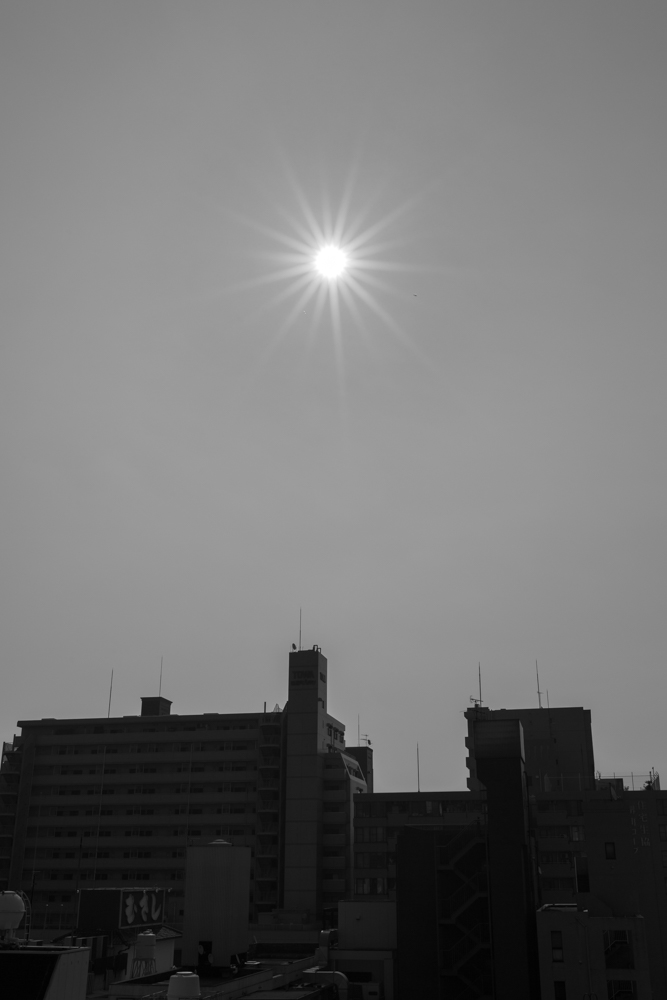
©Kei Ito from Hiroshima 08/06/2015 8:15am
Posts on Lenscratch may not be reproduced without the permission of the Lenscratch staff and the photographer.
Recommended
-
Nate Larson: The States Project: MarylandApril 1st, 2017
-
Ginevra Shay: The States Project: MarylandMarch 31st, 2017
-
Tommy Bruce: The States Project: MarylandMarch 30th, 2017
-
Kei Ito: The States Project: MarylandMarch 29th, 2017
-
Matthew Moore: The States Project: MarylandMarch 28th, 2017

